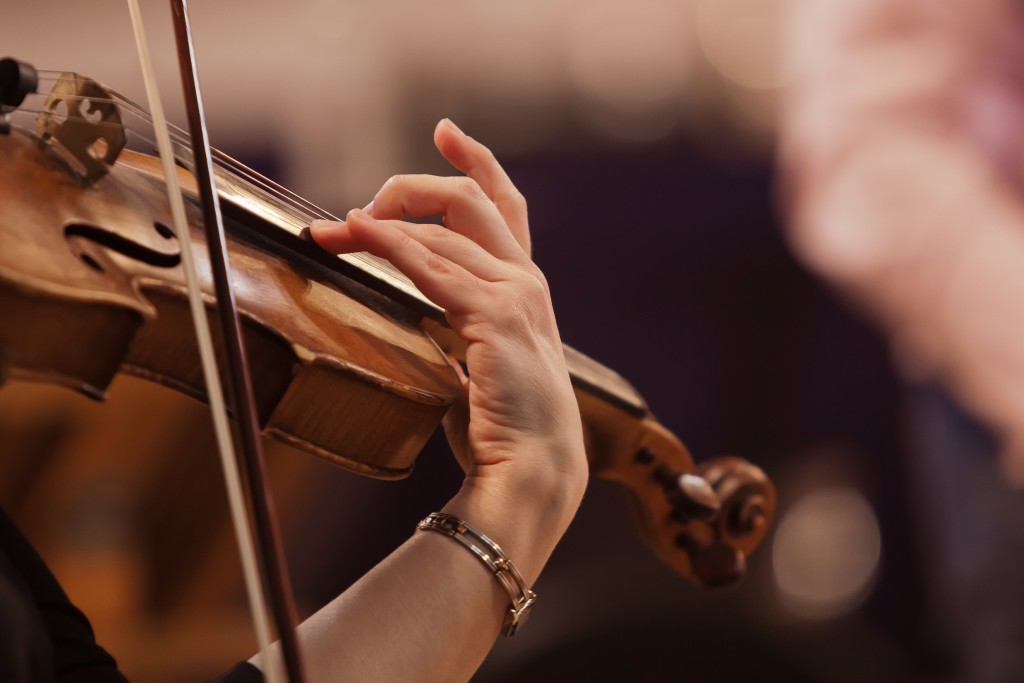Making and consuming music by yourself can be lonely, especially in midst of a global pandemic. If you’re a professional music educator who holds music classes daily, there are plenty of adjustments to be made, such as turning your home office into a music studio and classroom. But going online also comes with a few challenges in music education. Connecting, communicating, and being social with music is more difficult when participants are separated by distance.
The coronavirus pandemic is an unnatural phenomenon for the music industry. It doesn’t feel the same when you’re sharing and making music together in a single room. Although digital technology makes remote interaction possible, singing and playing together over the Internet doesn’t always work sometimes. But there’s no better time than having music to link everyone together amid a pandemic.
While the COVID-19 pandemic continues to persist globally, the future of music education remains uncertain. But it shouldn’t stop music educators to find new approaches to keep their music business and instruction alive. With this in mind, this article will discuss the struggles and transition of music educators to adapt to the challenges of the COVID-19 pandemic.
Music teaching: going offline to online
Most subject areas are easily taught whether in the offline or online world, but when it comes to music, teaching and learning are more challenging. The closure of music schools made pursuing music education more difficult for the students who heavily depend on ensemble training sessions, mentorship programs, and music instruments. Without access to these sources, making music becomes a serious struggle.
For instance, if you’re providing piano lessons online, you have to make sure that the student has access to the Internet and a piano at home. Without these things, instruction can be difficult.
Along with the cancellation of face-to-face classes, students are met with frustrations as music events, competitions, and other public events were all canceled.
As students and music educators make new teaching arrangements, many are wondering about the future of their music careers. Apart from missing music gatherings, students are also missing out on a lot of things from their music classes, including making psychological, physical, and emotional connections, which they can only experience inside a physical classroom.
As the pandemic wears on, music teachers have limited tools and avenues to elevate music teaching. From field trips, rehearsals, lessons, musicals, and spring concerts, these activities provide an enriching experience to help students in their craft. Without these things, learning becomes limited to online music classes.
The emotional well-being of students is also heavily affected by the pandemic, especially those who depend on music classes to make their schooldays more rewarding. Without the support and positive reinforcement they receive from the band, choir practice, and music classes, students are likely to suffer emotionally.
Continuing music education
Music education is just one of the few areas in the public education system that hit the hardest by the pandemic. Students who rely on face-to-face music classes are missing a lot of things, including those who don’t have alternative solutions at home. While distance learning is a possible solution, not all students have access to it. Reasons may vary from the lack of available music instruments, personal computers, strong Internet connections, and other digital concerns.
Although some schools may consider opening a few classes, not all academic institutions have a comprehensive music curriculum. This is especially difficult for students who treat music as a significant part of their life. The lack of opportunity to make music in school can also discourage aspiring music students to enroll in a music lesson or program during a pandemic.
Alternative approaches to music teaching

While there’s no potential replacement for face-to-face music teaching, music educators should make do of the available online sources to make music teaching possible. Recent innovations in digital technology make music lessons possible while the latest music applications serve as recording platforms. But with all these tools, it won’t change the reality that there’s no real alternative to music instruction.
Music teachers should apply new teaching techniques to make these online tools engaging and useful. They should also take advantage of the fact that the young generation is especially skilled at adapting and utilizing the latest technologies.
Although instructors won’t be able to create a similar experience of teaching inside a physical music room, they can still hold live lessons, recording projects, and digital orchestras through videoconferencing applications and social media. They can make the experience more engaging by observing strong relationships with the students. Today, you’ll find more music schools offering online music classes for different instruments to make learning possible while at home.
Among the challenges, discomfort, and pain brought by the pandemic, the current situation offers an opportunity to rethink other ways to make music teaching more alive and creative. Not only are students enjoy quality music-making, but music professionals are reinventing teaching techniques to make making music teaching possible. As educators find new approaches to their profession, it will eventually contribute to more effective and dynamic music learning and teaching.
